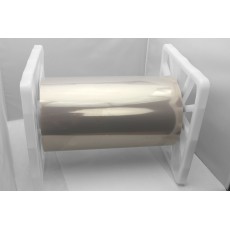
For PEM fuel cell and electrolyzer applications, a proton exchange membrane is sandwiched between an anode electrode and a cathode electrode. During electrochemical reaction, oxidation reaction at the anode generates protons and electrons; reduction reaction at the cathode combines protons and electrons with oxidants to generate water. To complete the electrochemical reaction, the proton exchange membrane plays a critical role that conducts protons from anode to cathode through the membrane. The proton exchange membrane also performs as a separator for separating anode and cathode reactants in fuel cells and electrolyzers.
The Fuel Cell Store carries a huge selection of Proton Exhcange Membranes! We help you compare all the membranes we offer in one simple file so you can narrow down the perfect membrane for your project. With our MembraneComparison Table you can compare the specifications of all our Cation Exchange Membranes, Anion Exchange Membranes, and Bipolar Membranes with ease.
If you still need further help selecting a Membrane or have any questions, please contact us at sales@fuelcellstore.com.
You can download the comparison chart below:
 Membrane Comparison Table - Microsoft Excel
Membrane Comparison Table - Microsoft Excel
 Membrane Comparison Table - Google Sheets
Membrane Comparison Table - Google Sheets
Membrane Comparison Chart












Enter the code in the box below: